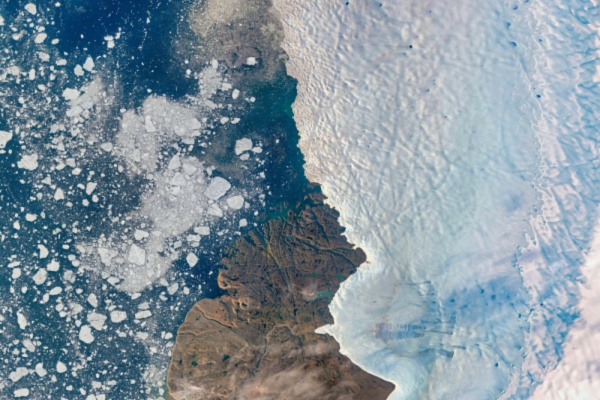It’s a dubious distinction that no country wanted to claim. Venezuela, which at the beginning of the 20th Century boasted six glaciers, is now the first country in modern history to lose all of its glaciers after climate scientists declared its remaining glacier was little more than an ice field.
As BBC News reports, last week, Climatologist Maximiliano Herrera posted on X that Venezuela’s Humboldt Glacier has shrunk to an area of two hectares and has gone static, downgrading it to an ice field. The Humboldt Glacier, also known as La Corona, was the last remaining one in Venezuela after the country lost at least five others in the past century due to the effects of climate change.
Several glaciologists now say the clump of ice clinging to the Sierra Nevada National Park in the Andes now is too small to be considered a glacier. While there is no global standard for the minimum size an ice mass must be to be considered a glacier, the U.S. Geological Survey said 10 hectares is a commonly accepted metric.
Glaciologists James Kirkham with the International Cryosphere Climate Initiative and Miriam Jackson with the International Centre for Integrated Mountain Development said in the joint statement to the BBC that glaciologists define a glacier as an “ice mass that deforms under its own weight.” Mark Maslin, a professor of earth system sciences at University College London, told the BBC that “glaciers are ice that fills valleys” and an ice field the size of Humboldt is “not a glacier.”
In the beginning of the 20th century, Venezuela boasted six glaciers spanning a combined 386 square miles.
Humboldt used to cover 450 hectares, but researchers at the University of Los Andes in Colombia told the news media in March that it had melted to just two hectares. A study from 2020 suggested the glacial area in Venezuela shrank by 98% between 1952 and 2019. The rate of glacial retreat rose around 1998 to a peak of nearly 17% per year from 2016 to 2019.
While researchers say glaciers are intimately linked with cultural identity, their rapid loss also leads to rising sea levels.
The Venezuelan government in December attempted to remediate the disappearing ice field by covering it with a thermal blanket, similar to covers used in European countries to protect ski slopes in warmer weather. Climate scientists criticized the measure, arguing the synthetic cover will degrade and contaminate the environment with microplastics over time.
Maslin said mountain glaciers need enough ice to reflect the sun’s rays and keep the air cool during the summer months. Now the Humboldt Glacier has lost so much ice that there’s no direct way to reverse the melt. “Once a glacier’s gone, the sunlight heats the ground, makes it much warmer and makes it much less likely to actually build ice up over the summer,” he said.
Kirkham and Jackson said between 20% to 80% of glaciers globally could be gone by 2100 and “a portion of this loss is already locked in” due to carbon emissions. Rapidly lowering emissions, however, could save other glaciers, “which will have enormous benefits for livelihoods, and energy, water and food security,” they said.
Herrera said on X that Indonesia, Mexico and Slovenia were the next countries most likely to face glacier extinction. Maslin said those countries “make logical sense” because of their proximity to the equator and their low-lying ice caps, which are more vulnerable to global warming.
—
Photo Credit: BEST-BACKGROUNDS / Shutterstock.com
